Imagine a world where the first brave step onto solid ground changed the fate of life forever. Over 360 million years ago, a group of extraordinary fish—sarcopterygians—defied their watery origins and began an astonishing journey onto land. These ancient pioneers, with their fleshy fins and powerful lungs, didn’t just survive; they sparked an evolutionary revolution. Today, every land-dwelling vertebrate, from the tiniest mouse to the tallest giraffe, traces its roots back to these remarkable creatures. Let’s dive into the story of the sarcopterygians, the fish that first crawled onto land, and discover how their bold leap shaped the world as we know it.
The Ancient Waters: Where Sarcopterygians Began
The origin story of sarcopterygians unfolds in the primeval waters of the Devonian period, also known as the “Age of Fishes.” During this era, Earth was mostly covered by dense forests and shallow, swampy seas. Sarcopterygians, or lobe-finned fish, thrived in these aquatic environments. Unlike their relatives, the ray-finned fishes, they possessed thick, muscular fins supported by bones. This unique anatomy made their movement through tangled, muddy waters easier, offering a clear evolutionary advantage. These robust creatures were already different, hinting at a destiny beyond the waves. Their world teemed with predators and prey, forcing innovation and adaptability at every turn.
What Makes a Sarcopterygian Unique?
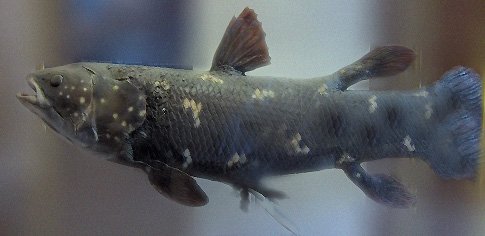
Sarcopterygians stand out because of their fleshy, lobed fins—a simple detail with profound implications. Each fin contains a series of bones strikingly similar to the limb bones of modern tetrapods (four-limbed animals). This structure allowed them to use their fins almost like primitive legs, pushing themselves along the bottom of rivers and lakes. Another remarkable feature is their lungs. While many fish rely on gills alone, sarcopterygians developed lungs early in their evolution, enabling them to gulp air from the surface when oxygen levels dipped. Their adaptability, from breathing to movement, set the stage for terrestrial life.
The Famous Coelacanth: A Living Fossil
For decades, scientists believed all sarcopterygians had vanished from the planet—until an astonishing discovery in 1938. Off the coast of South Africa, a living coelacanth was hauled up from the depths, stunning the scientific world. Coelacanths, with their thick, lobe-like fins and ancient lineage, became symbols of evolutionary resilience. They inhabit deep marine environments, far from the shallow waters their ancestors once explored. Their existence provides a living window into a world long lost, making them an icon for paleontologists and nature enthusiasts alike. Seeing a coelacanth today is like glimpsing a ghost from our own evolutionary past.
Lungfish: Masters of Survival
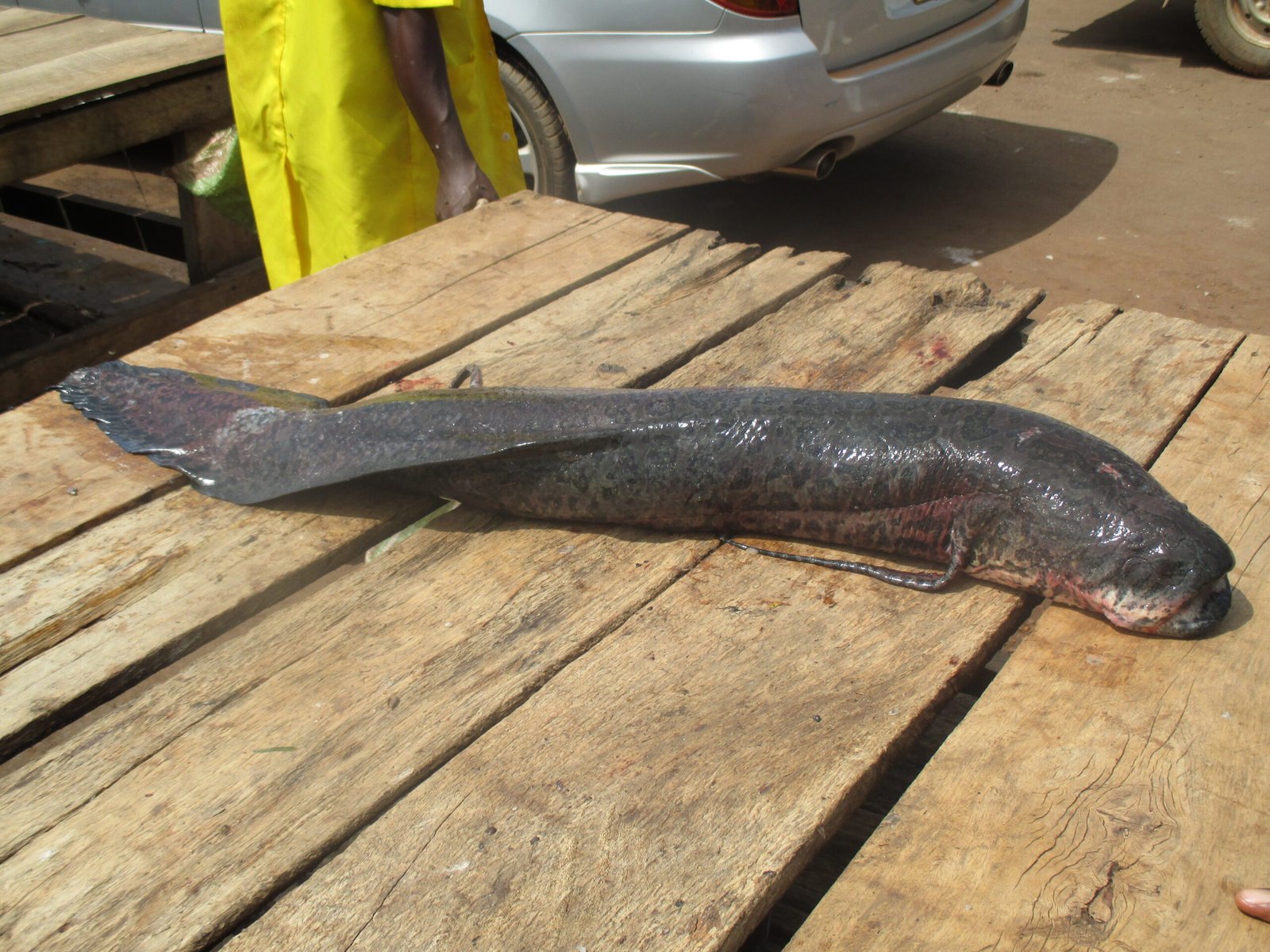
Lungfish, another group of living sarcopterygians, are true survivalists. These fish possess both gills and lungs, granting them the rare ability to survive in drought-prone habitats by breathing air when water is scarce. Some species can even burrow into mud and enter a state of dormancy, waiting for rain to return. Their remarkable adaptation highlights the evolutionary flexibility that characterized early sarcopterygian life. Lungfish are living proof that the leap from water to land wasn’t a sudden jump, but a journey filled with ingenious solutions to life’s challenges. Their persistence across millennia tells a story of tenacity and transformation.
From Fins to Limbs: The Great Evolutionary Leap
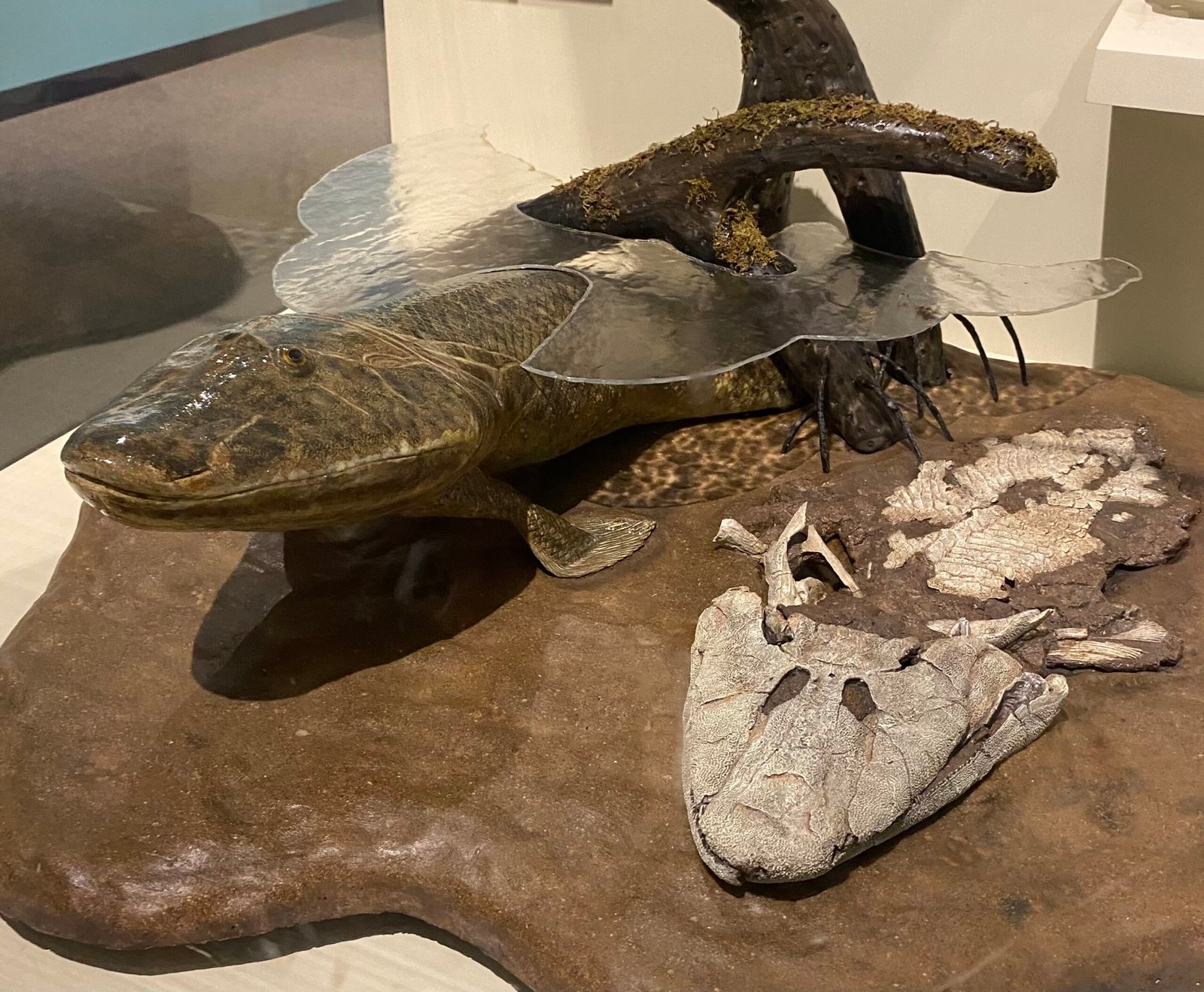
The transformation from fin to limb is one of nature’s greatest stories. Gradually, the bones in sarcopterygian fins grew stronger and more elaborate, evolving into recognizable limb structures. Fossil discoveries like Tiktaalik roseae, often called the “fishapod,” show a fascinating blend of fish and tetrapod features—scales and gills paired with wrist bones and a neck. This evolutionary bridge reveals how small anatomical changes allowed these animals to support their bodies on land, an innovation that paved the way for amphibians, reptiles, birds, and mammals. The journey from swimming to crawling was slow, but its impact was immense.
Breathing Air: How Lungs Changed Everything
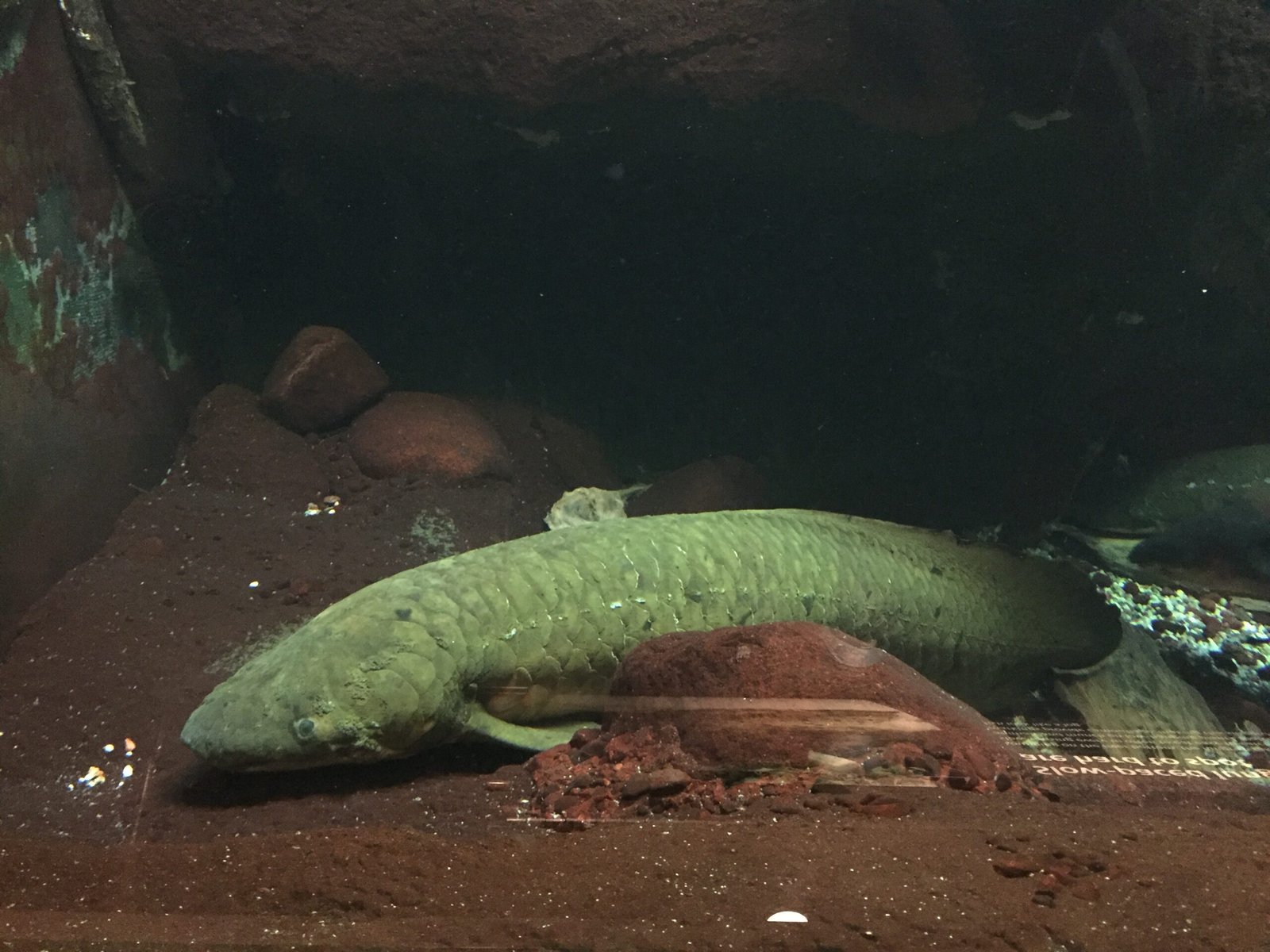
The evolution of lungs in sarcopterygians was nothing short of revolutionary. In ancient, oxygen-poor waters, being able to gulp air from the surface meant surviving when others perished. This adaptation laid the groundwork for life on land, where lungs would become essential. Modern lungfish still demonstrate this ability, surfacing to breathe much like their distant ancestors did millions of years ago. The parallel development of lungs and limbs created the perfect recipe for terrestrial colonization. It’s an astounding reminder of how simple changes can ripple through time, rewriting the possibilities of life itself.
The Devonian Drama: Environmental Pressures and Opportunity

The Devonian period was a time of intense environmental change, with fluctuating water levels, new predators, and shifting climates. These pressures forced sarcopterygians to adapt or perish. Shallow, stagnant waters often became low in oxygen, pushing these fish to evolve air-breathing capabilities. In turn, the need to navigate through thick vegetation and muddy terrain encouraged stronger, fin-like limbs. The challenges of the Devonian acted as a crucible, forging the anatomical innovations that would make terrestrial life possible. In a sense, hardship drove creativity, and the relentless push to survive sparked evolutionary breakthroughs.
First Steps Onto Land: A Risk Worth Taking
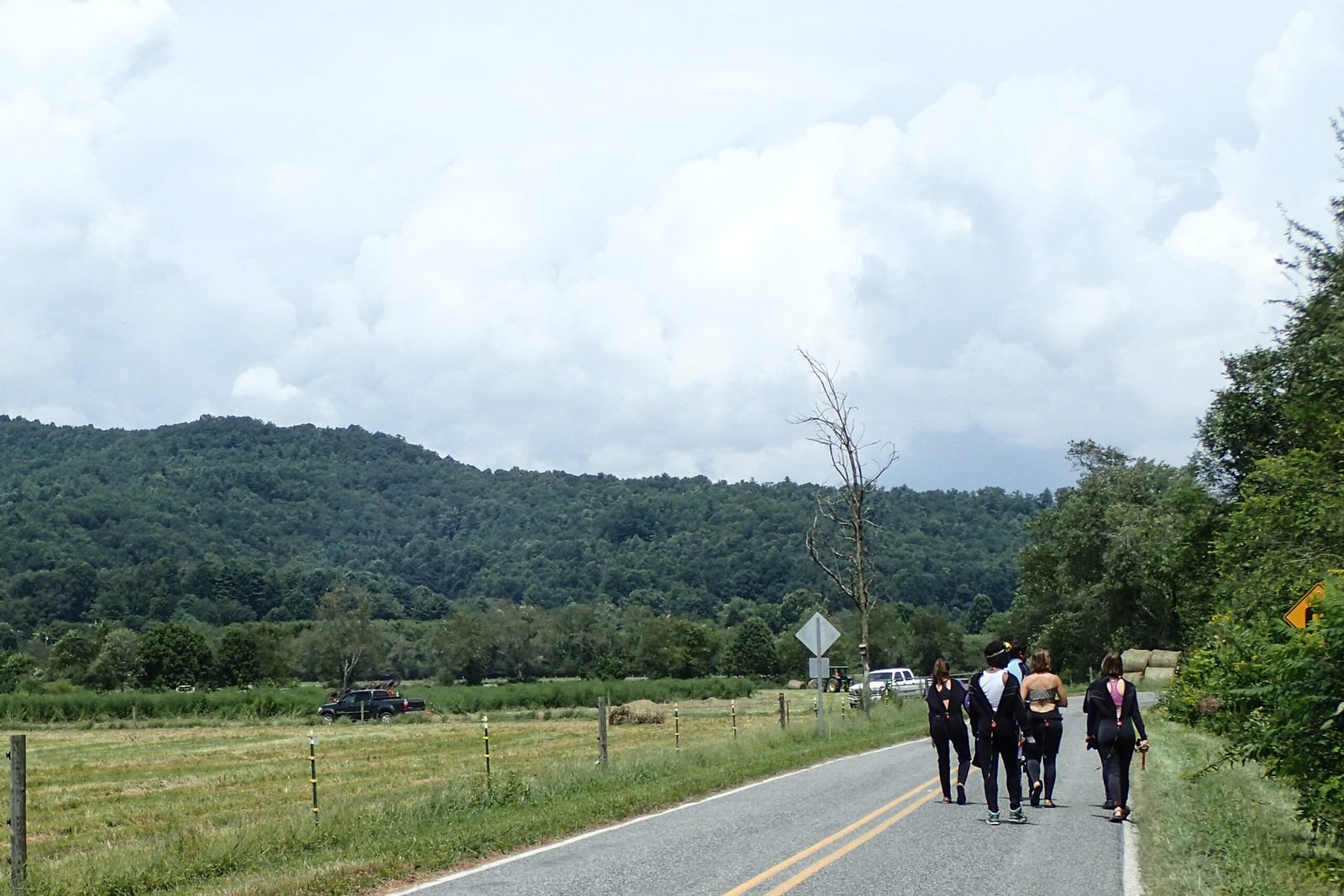
Imagine the courage it must have taken for a fish to leave the safety of water and venture onto land for the first time. For early sarcopterygians, this was no small feat. Moving onto land offered new food sources and a respite from aquatic predators, but it also brought new dangers—gravity, dehydration, and unfamiliar terrain. The first forays onto land were likely hesitant and brief, but each success opened new possibilities. Over generations, these tentative steps became more confident, marking the dawn of a new era in the story of life. Their bravery echoes through every land animal alive today.
Echoes in Modern Life: Sarcopterygians’ Lasting Legacy
The legacy of sarcopterygians pulses through the veins of every four-limbed animal on Earth. When you walk, run, or even simply breathe, you’re drawing on evolutionary innovations first pioneered by these ancient fish. Their story is not just a tale of prehistoric triumph; it’s a living connection, a shared history that binds all vertebrates together. From the structure of our bones to the function of our lungs, the imprint of sarcopterygian ingenuity is everywhere. Recognizing this heritage deepens our appreciation for the dazzling complexity of life’s journey.
Fossils Tell the Tale: Unearthing the Past
Fossil discoveries have been crucial in unraveling the story of sarcopterygians. Well-preserved skeletons reveal intricate details about their anatomy, habits, and evolutionary transitions. Finds like Tiktaalik and Eusthenopteron have become famous for illustrating the gradual shift from aquatic to terrestrial life. Paleontologists painstakingly piece together these ancient puzzles, transforming fragments of bone into vivid stories of survival and adaptation. Each new fossil discovery refines our understanding of how and why these fish made their bold leap onto land. The rocks beneath our feet hold secrets that continue to inspire awe and wonder.
Inspiring Curiosity: Lessons from Sarcopterygians
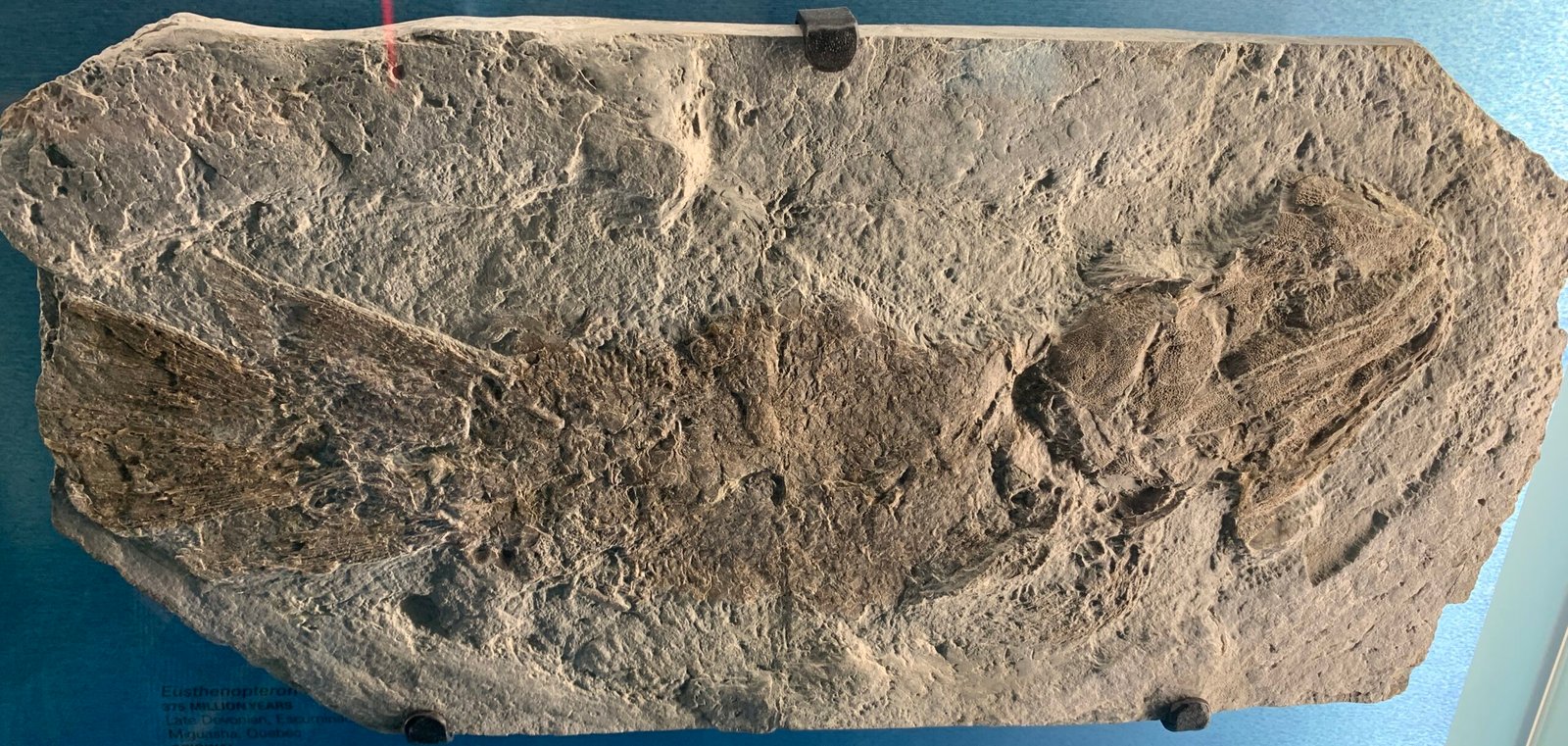
The tale of sarcopterygians is more than just a scientific curiosity; it’s a powerful reminder of life’s endless capacity for change. Their journey from water to land exemplifies the spirit of exploration, resilience, and innovation. For scientists and dreamers alike, their story encourages us to push boundaries and embrace the unknown. The breathtaking transformation they underwent stands as a testament to the power of adaptation and the profound impact of even the smallest evolutionary steps. Every time you see a bird soar or a person stride, remember the fish that dared to crawl.
The Ongoing Search: What’s Next for Sarcopterygian Science?
Research into sarcopterygians is far from over. New technologies, from advanced imaging to genetic analysis, are shedding light on mysteries that have puzzled scientists for decades. Each discovery raises new questions about the nature of evolution and the deep connections between all living things. Scientists continue to hunt for more fossils, hoping to fill in the gaps and better understand the details of this remarkable transition. As we learn more, the story of sarcopterygians grows richer, inviting each new generation to marvel at the wonders of our shared history.




